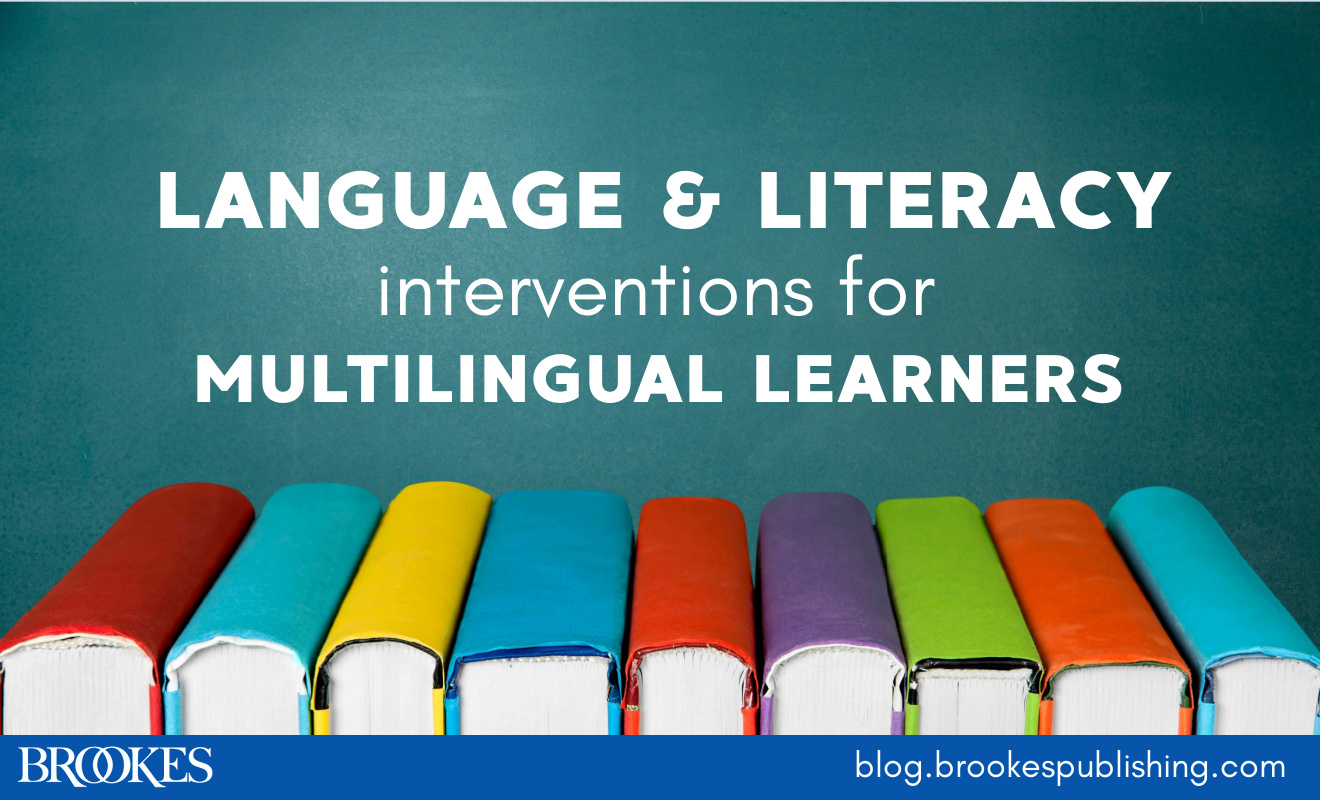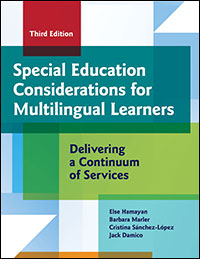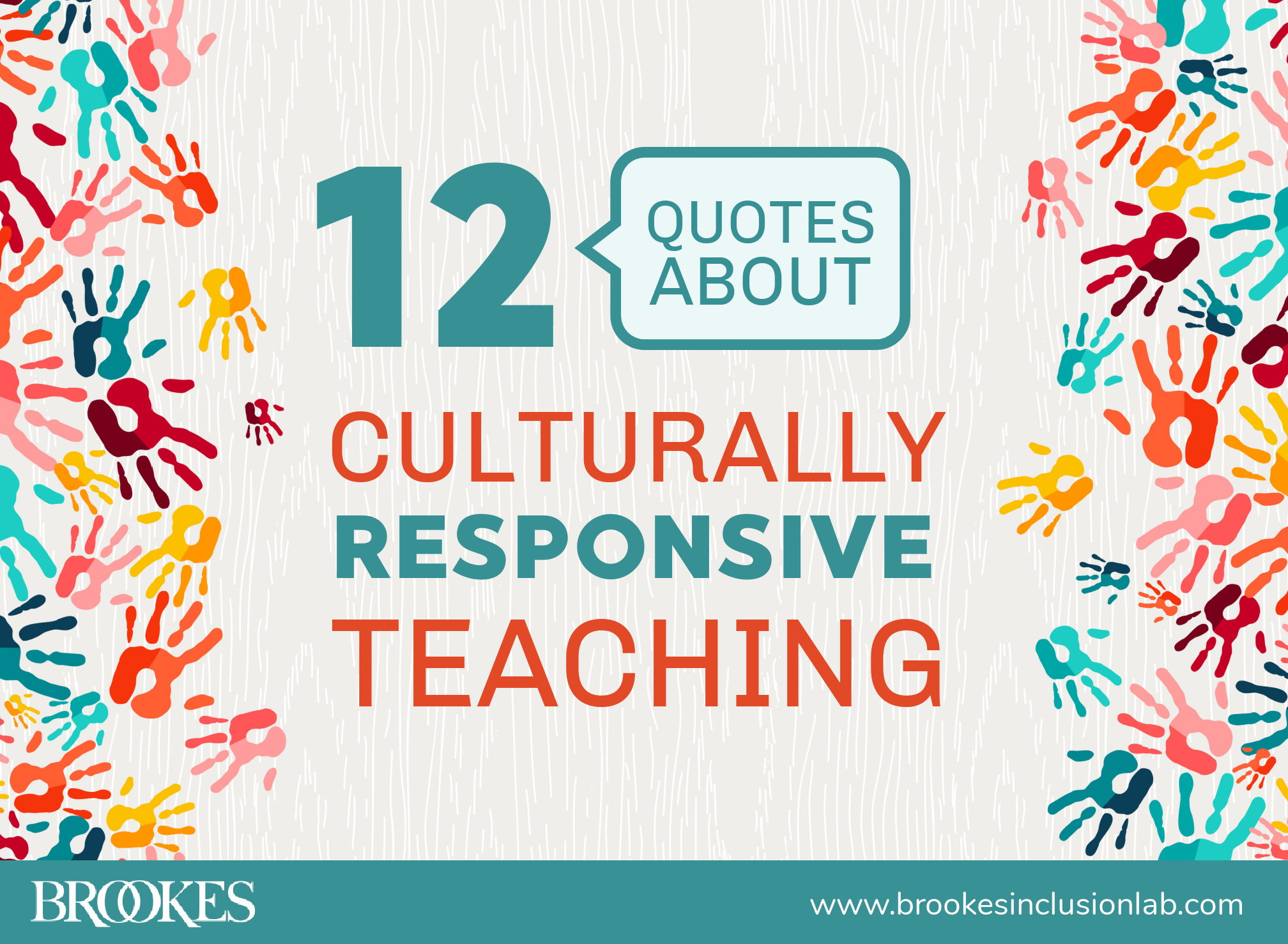40+ Language & Literacy Interventions for Multilingual Learners
November 17, 2022
 What’s the best way to engage multilingual learners and promote their language development? Using interventions that make the most of their home language while promoting English language learning is key, and today’s post offers 40+ ideas to try in your own classroom. Adapted from the book Special Education Considerations for Multilingual Learners (Hamayan, Marler, Sánchez-López, & Damico), here’s a collection of home-language and English interventions that one education team found most effective.
What’s the best way to engage multilingual learners and promote their language development? Using interventions that make the most of their home language while promoting English language learning is key, and today’s post offers 40+ ideas to try in your own classroom. Adapted from the book Special Education Considerations for Multilingual Learners (Hamayan, Marler, Sánchez-López, & Damico), here’s a collection of home-language and English interventions that one education team found most effective.
(Keep in mind that these interventions don’t constitute a complete list—they’re ideas that may be helpful for some multilingual learners. Always consider students’ individual needs when developing interventions.)
 Listening Challenges:
Listening Challenges:
What might be happening in your classroom:
The student may not understand many stories because they are in English or because the cultural context of the stories or events is irrelevant or unfamiliar.
Home language interventions:
- Have the student listen to stories in their home language.
- Preview the story or talk about the content of the book in the home language prior to listening to the story in English.
- Show and talk about objects from the story that may be unfamiliar.
- Explain the cultural norms that govern the story.
- Have parents tell stories to their child on a regular basis.
English interventions:
- Introduce content and build schemas through visuals, video clips, and manipulatives to pique students’ interest and prepare for comprehension.
- Make certain the story/text is at the student’s instructional and English proficiency level and that the classroom instruction is highly contextualized and comprehensible, using many visuals and much modeling/demonstration.
- Read the English version of a story aloud to the student after the content has been previewed in the student’s home language.
Speaking Challenges
What might be happening in your classroom:
- The student understands stories told in English but does not feel comfortable enough with English speaking abilities to create a narrative.
- The student may have developed skills using social English but may not have been taught the academic language of temporal organization (e.g., first, then, next) to be able to effectively narrate stories.
- The student may be able to tell stories in their home language after hearing a story in English.
Home language interventions:
- Give parents a schedule of daily school routines and request that they ask their child to retell the events of school in their home language(s) every day for a period of time.
 Ask parents to tell their child stories from their culture and then have the child narrate the stories to others on different occasions. Ask parents what they observed about the narratives.
Ask parents to tell their child stories from their culture and then have the child narrate the stories to others on different occasions. Ask parents what they observed about the narratives.- Provide the child with pictures and a sequence graphic organizer during storytelling. Then have the child retell the story, event, or procedure in the home language using the visual supports.
- Have parents, tutors, and volunteers who are proficient in the student’s home language practice retellings with the student—at first using speaking prompts and graphic organizers, and eventually without these supports.
- Have student retell interesting events from the news, past events, or movies, and then complete a story using LEA (language experience approach), which the student can read and reread.
- Preview important vocabulary from the story or content-area text in the student’s home language.
English interventions:
- Provide a graphic organizer during the story retelling.
- Provide opportunities for the child to orally practice this language with a peer, adult, or in a small group.
- Model this language by incorporating it into an LEA activity.
- Allow the child to “retell” the event, story, or procedure using visuals, pictures, or manipulatives, by pointing, sequencing the pictures, or by recreating the event.
- When appropriate, conduct a mini-lesson on various story structures used for storytelling around the world. Compare and contrast different story structures with the structure the student is accustomed to.
- Provide a word bank of the key terms and verbally scaffold the language needed to recount the story.
- Focus on informational texts, topics, and events that the student can retell. Compare the quality of the narrative the student provides when focusing on nonfiction topics rather than solely on fiction topics.
Reading Challenges
 What might be happening in your classroom:
What might be happening in your classroom:
- The story was not at the child’s proficiency level in English, so the student did not understand enough of the story to retell. The student could recount some details that correspond to pictures, if the vocabulary had been acquired.
- If the child’s home language has a different structure for telling stories, the retelling in English may sound “out of order/out of sequence” because it does not reflect the rhetorical structure used in the child’s home language.
Home language interventions:
- Prepare sets of books with audio recordings for students to listen to and read along with at home and at school.
- Provide a summary or preview in the home language of the topic or content that will be addressed later in English.
- Ask students to read and reread any LEA texts they have produced about nonfiction topics, story retells, or personal events. Highlight the sequential and transitional vocabulary used in the retell narrative.
English interventions:
- Provide a sequence graphic organizer during the reading.
- Do some prereading activities (such as previewing vocabulary with pictures and asking children to practice the words orally) to prepare the student for comprehension.
- Have students read an LEA story they have produced about the content they are studying prior to reading a book about this content.
- Make certain the story/text is interesting and is at the student’s instructional level, and that the classroom instruction is highly contextualized and comprehensible (use many visuals and much modeling/demonstration).
Writing Challenges
What might be happening in your classroom:
- The student may be in the early stages of English language acquisition and is still developing writing skills.
- The student may not have been explicitly taught to write in English by someone who knows ESL strategies.
- The student may be using home language structures to negotiate writing in the second language; this may make the written text sound “out of sequence” in English.
- The student may need to develop writing skills in the home language on which to build writing in English.
Home language interventions:
- Take digital photographs from real-life events (e.g., family gatherings, cultural celebrations) and use the images as prompts for oral narratives that can be written and turned into a dual-language podcast.
 Teach the student the specific sequential vocabulary to use when writing in their own language.
Teach the student the specific sequential vocabulary to use when writing in their own language.- Ask family members and others who know the student’s language to incorporate sequential writing into daily events at home.
- Create LEA stories in the student’s home language to model the sequential nature of a story or event.
- Collaborate with the student using a shared writing technique in the student’s home language. Work together on a sequential writing frame template (have a teacher copy and a student copy).
- Post dual-language narratives on the school website, blog, or other educational forum.
English interventions:
- Provide a sequence graphic organizer during the writing task.
- Provide the language of sequence in English in writing.
- Model this language by incorporating it into the writing of an LEA story, always connecting students’ oral language to writing.
- Allow the child to “write” the event, story, or procedure using visuals, pictures, or manipulatives by pointing, sequencing the pictures, or recreating the event.
- Explicitly teach the story structure used in various cultural contexts and from various storytelling discourse styles, both orally and in print.
- Provide a word bank of the key terms and the sequential language needed to recount the story.
- Collaborate with the student using a shared writing technique. Work together on a sequential writing frame template (have a teacher copy and a student copy).
Try these ideas to promote language development and school success for all multilingual learners in your classroom. And for in-depth guidance on teaching English language learners effectively with a multi-tiered system of support (MTSS), pick up the book behind this blog post!




Write a Comment
Your email address will not be published. Required fields are marked *
Post a Comment